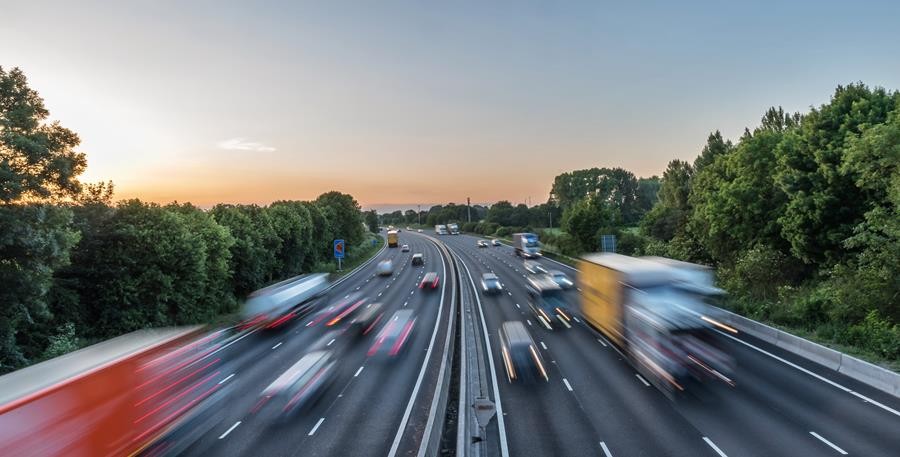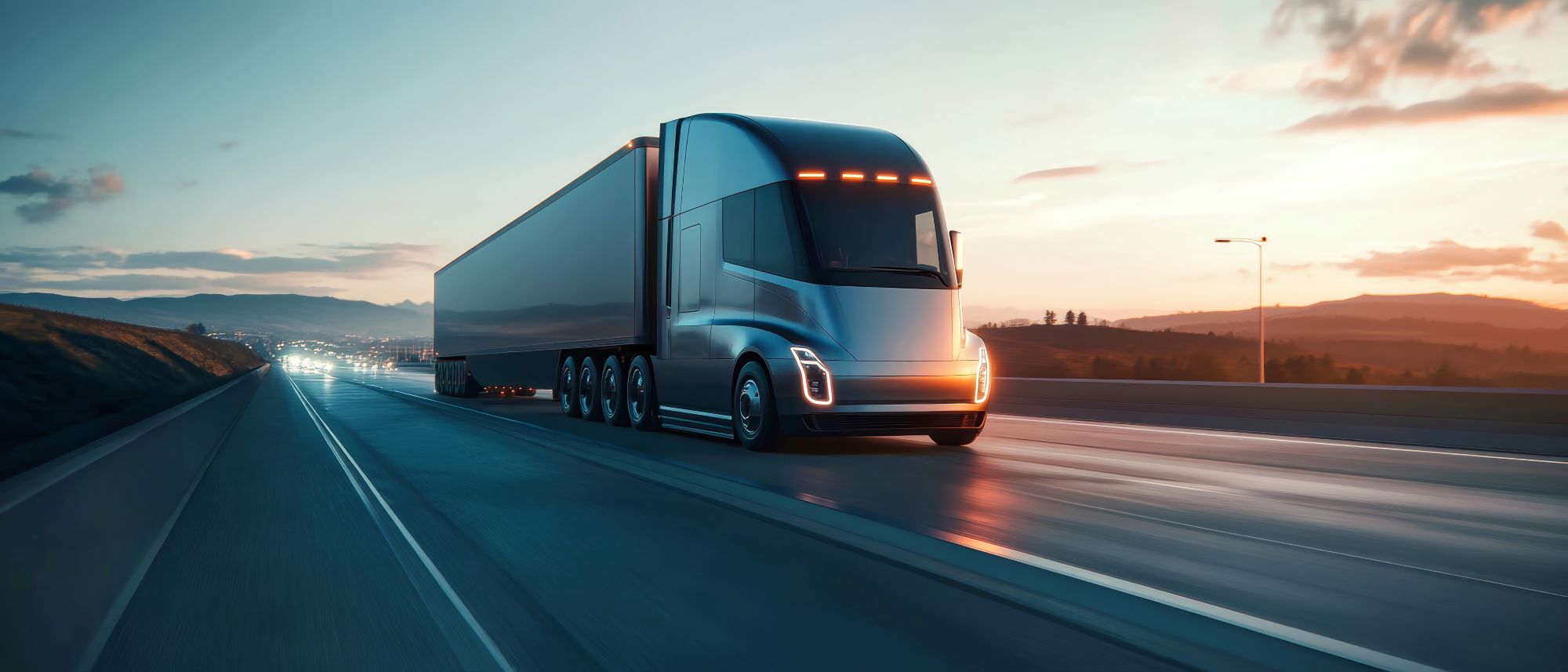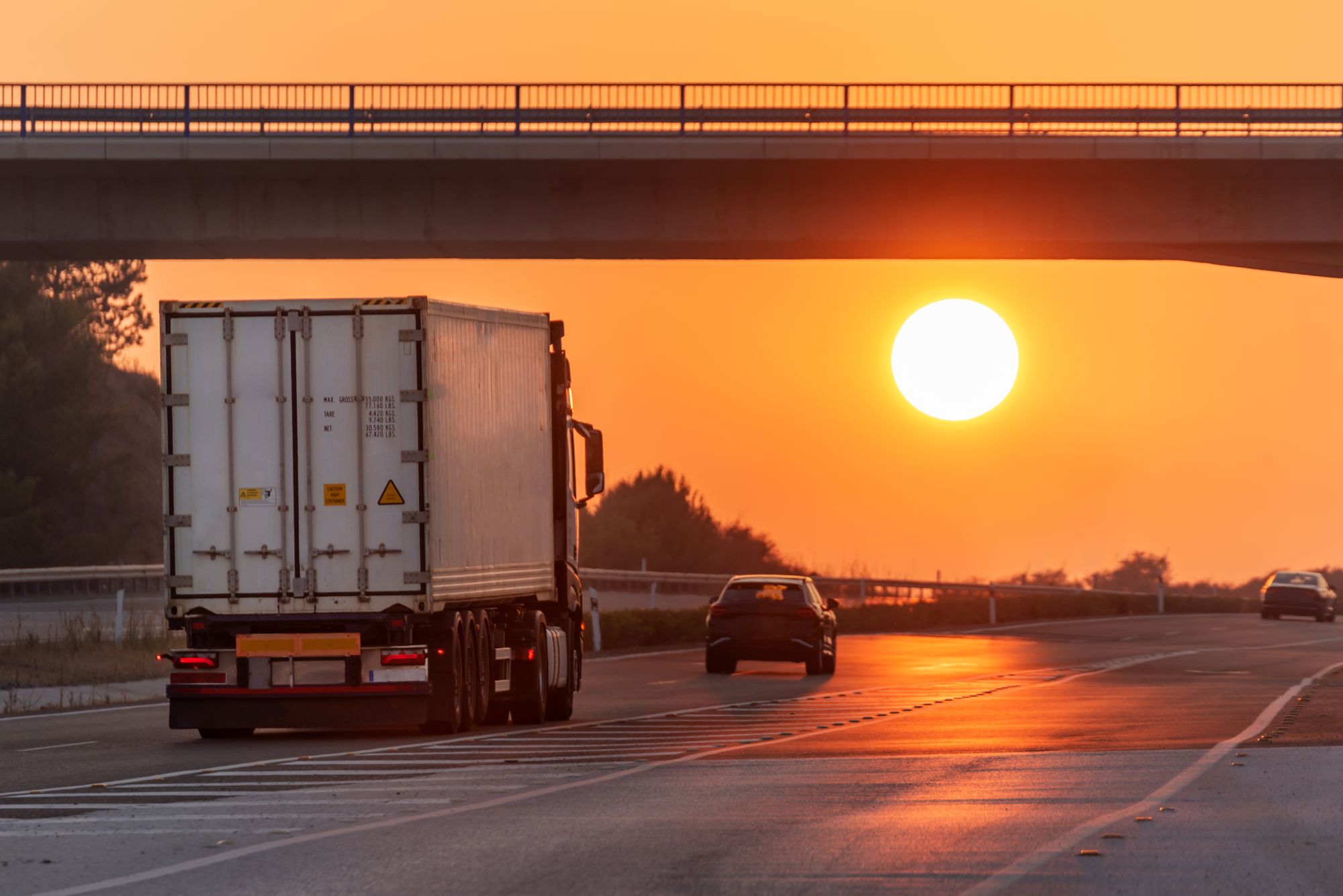
Susie Jones
La voie de la durabilité : Le défi européen des émissions dans le secteur des transports
Créée: 08/08/2024
•
Mise à jour : 08/08/2024
Un rapport publié en 2024 par [Clean Technica] (https://cleantechnica.com/2024/05/13/eu-wisely-stiffens-road-freight-passenger-emissions-guidance/) a révélé que plus de 25 % des émissions dues au trafic routier proviennent du secteur des transports en Europe, les véhicules lourds étant responsables de [85 %] (https://www.eea.europa.eu/publications/co2-emissions-of-new-heavy#:~:text=Improving%20the%20efficiency%20of%20vehicle,EU%20heavy%2Dduty%20vehicle%20fleet.) des émissions (les autobus et les autocars représentent le reste).
Au rythme actuel, le secteur des transports représentera à lui seul près de la moitié des émissions de gaz à effet de serre de l'Europe en 2030 - les émissions du secteur des transports en Europe ont continué à augmenter de plus d'un quart depuis 1990. Les émissions de l'ensemble de l'économie ont diminué, mais depuis le pic atteint en 2007, le secteur des transports s'est décarbonisé plus [que trois fois plus lentement] (https://www.transportenvironment.org/articles/europes-transport-sector-set-to-make-up-almost-half-of-the-continents-emissions-in-2030) que le reste de l'économie.
Quelle est la cause de l'augmentation des émissions de CO2 dans le secteur du transport routier ?
Depuis la prolifération du commerce électronique et des services de livraison à domicile, la demande de camions sur les routes a considérablement augmenté. Par conséquent, la demande accrue a entraîné une augmentation des émissions de CO2 dans le secteur du transport routier.
Un rapport de [Clean Technica] (https://cleantechnica.com/2024/05/13/eu-wisely-stiffens-road-freight-passenger-emissions-guidance/) concernant le tonnage du fret domestique à travers différents modes (route, rail et eau) a révélé que le fret routier était plus dominant en Europe que le rail et l'eau par rapport à d'autres zones géographiques (États-Unis et Inde). Bien que la Chine soit plus dépendante du fret routier, le rapport a révélé que le pays utilisait environ 600 000 camions électriques pour la livraison des marchandises.

Quels sont les plans mis en place en Europe pour réduire les émissions de CO2 ?
Le Parlement européen a adopté la [loi européenne sur le climat] (https://climate.ec.europa.eu/eu-action/european-climate-law_en#:~:text=The%20European%20Climate%20Law%20writes,2030%2C%20compared%20to%201990%20levels.) pour lutter contre l'augmentation des émissions de CO2. Dans le cadre de cette loi, l'objectif de l'UE de réduire les émissions nettes de gaz à effet de serre d'ici à 2030 a été porté à au moins 55 %, ce qui rend la neutralité climatique d'ici à 2050 juridiquement contraignante.
En mai 2024, les pays de l'UE ont approuvé une loi visant à réduire les émissions de CO2 des camions. La nouvelle loi exigera que les nouveaux véhicules lourds vendus dans l'UE à partir de 2040 ne produisent pas d'émissions, tout en imposant une réduction de [90 %] (https://www.reuters.com/business/environment/eu-countries-approve-law-slash-trucks-co2-emissions-2024-05-13/#:~:text=The%20law%20will%20enforce%20a,CO2%2Demitting%20vehicles%20in%202040) des émissions de CO2 des nouveaux poids lourds d'ici la même année. Les constructeurs doivent vendre une grande quantité de poids lourds totalement exempts de CO2 - par exemple, des véhicules électriques et à hydrogène - pour compenser les ventes restantes de véhicules émettant du CO.
Quelles mesures les gestionnaires de flotte peuvent-ils prendre pour réduire les émissions de CO2 ?
Les gestionnaires de flotte peuvent prendre des mesures pour réduire leurs émissions de CO2 :
Le freinage brusque, l'accélération rapide et la marche au ralenti peuvent augmenter la consommation de carburant et les émissions de gaz à effet de serre. Bien qu'il puisse être difficile de surveiller le comportement des conducteurs, la technologie de l'IA peut fournir un retour d'information continu aux conducteurs et aux gestionnaires de flotte. En savoir plus sur la façon dont [l'IA peut avoir un impact positif sur le développement durable] (https://www.linkedin.com/pulse/ai-its-impact-sustainability-haulage-industry-snap-account-e9o9e/?trackingId=uKlPhDPHQcOVRjFkVc1iFQ%3D%3D) dans le secteur du transport routier.
Les flottes de véhicules plus anciens peuvent passer à l'huile végétale hydrotraitée (HVO), à l'hydrogène ou à l'électricité pour réduire considérablement leurs émissions. Toutefois, les gestionnaires de flotte doivent tenir compte de la distance que peuvent parcourir les véhicules fonctionnant avec des carburants alternatifs et des implications financières.
SNAP Account] (https://snapacc.com/) permet aux gestionnaires de flotte de réduire le kilométrage des détours - avec plus de 600 partenaires de service disponibles pour les clients de SNAP Account, les gestionnaires de flotte peuvent planifier des arrêts de nuit pour leurs conducteurs en cours de route.
L'infrastructure existe-t-elle pour recharger les poids lourds électriques ?
Selon une [étude de PwC] (https://www.strategyand.pwc.com/de/en/industries/transport/the-dawn-of-electrified-trucking.html), d'ici 2030, un tiers des camions en Europe seront électriques. Alors que les sociétés de flotte prennent des mesures en faveur de l'électrification, les relais routiers en Europe doivent être en mesure de répondre à la demande de bornes de recharge électrique.
La mise en place de l'infrastructure aura un coût pour de nombreux relais routiers et stations-service. Toutefois, celles qui accueillent déjà des chargeurs de voitures électriques sont bien placées pour tirer parti des futures vagues de camions électriques. D'ici 2030, le nombre de stations de recharge publiques en Europe passera à plus de [3 600] (https://www.2win.eu/blog/electric-trucks/) - L'UE a présenté une loi ambitieuse pour la recharge avec le règlement sur les infrastructures pour carburants alternatifs (AFIR). Ce règlement prévoit d'équiper le réseau routier principal de stations de recharge tous les 60 km, fournissant ainsi suffisamment d'énergie de recharge et de capacité d'hydrogène pour que 9 % des flottes de camions et d'autocars n'émettent aucune émission d'ici 2030.
Quel est le pays européen qui émet le plus de CO2 ?
En 2021, l'Allemagne, la France et l'Italie étaient responsables des émissions globales de gaz à effet de serre (GES) les plus élevées, comprises entre [375 000 et 740 000 ktonnes de CO2] (https://ccpi.org/which-european-countries-are-the-worst-climate-polluters-and-why/). Toutefois, les pays les plus peuplés produisent davantage d'émissions de gaz à effet de serre. Par conséquent, la visualisation des émissions globales de gaz à effet de serre donne une image déformée.
Si l'on considère les émissions de manière impartiale, les perspectives sont différentes : le Luxembourg, l'Irlande et la République tchèque ont produit les émissions par habitant les plus élevées de l'UE en 2021.
Quel est le moyen de transport le plus respectueux de l'environnement ?
Le transport de marchandises par rail est l'un des modes de transport les plus propres, mais il présente également d'autres avantages :
Réduit la congestion routière, ce qui contribue à l'amélioration de la qualité de l'air.
Le rail offre un moyen plus rapide de transporter les marchandises et supprime les obstacles à la circulation.
Les camions à carburant alternatif sont un autre moyen écologique de transporter des marchandises. L'huile végétale hydrotraitée (HVO) permet de réduire immédiatement jusqu'à 90 % des émissions de gaz à effet de serre par rapport au diesel standard, et ce tout au long du cycle de vie du produit. Certas Energy HVO est à l'origine du passage à une alternative plus propre - aidant les entreprises à atteindre leurs objectifs de développement durable et à prendre des mesures significatives en vue d'un avenir sans émissions de gaz à effet de serre.



